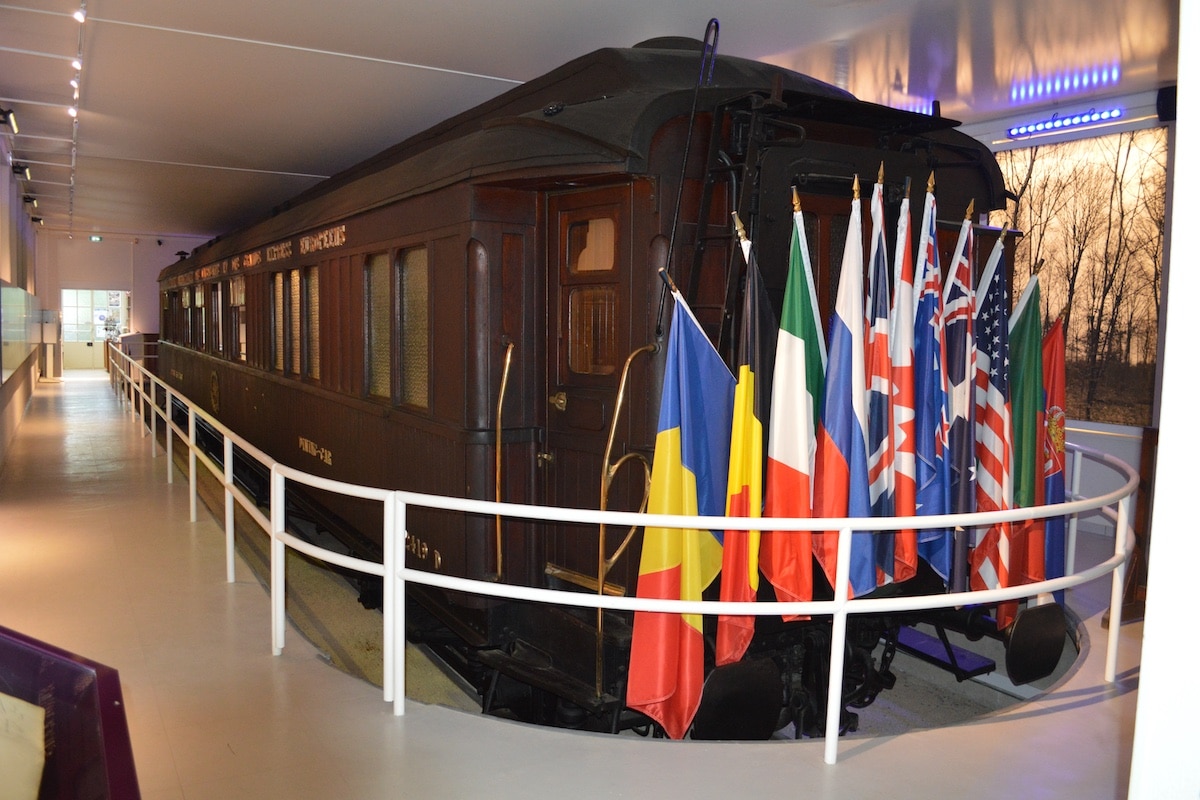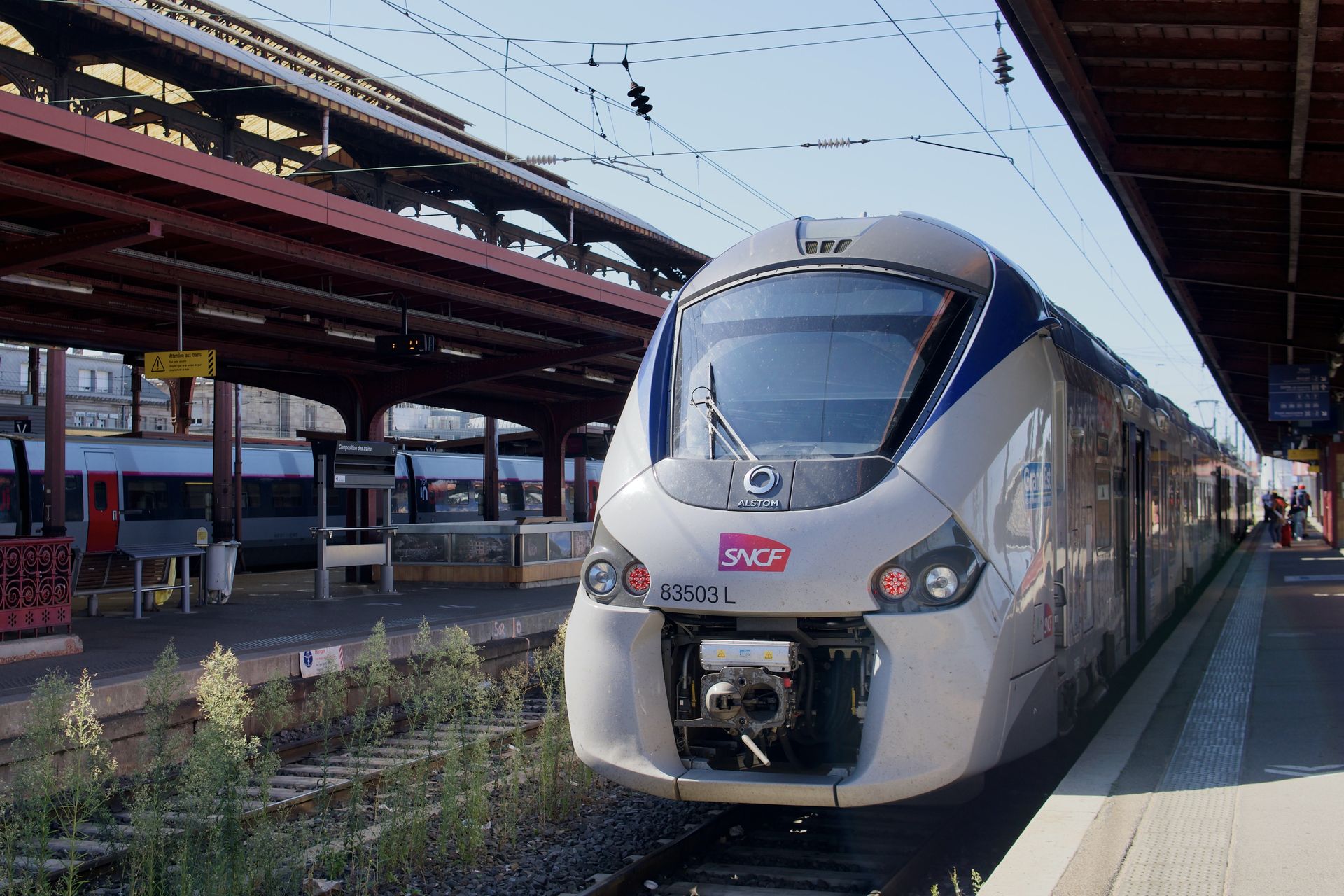From War to Memory: The Armistice Wagon

The armistice carriage, installed in the Rethondes clearing in the Compiègne forest, remains a powerful symbol of the memory of November 11, 1918.
It was in this simple dining car of Marshal Foch’s train that the German and Allied representatives signed the agreement ending four years of deadly war. This day marked the end of the fighting in the First World War.
The choice of the carriage was not accidental. Parked in an isolated clearing, it offered both security and discretion for the negotiations. The armistice was signed at 5:15 a.m. and officially came into effect at 11 a.m., giving rise to the famous phrase: “the eleventh day of the eleventh month at the eleventh hour”. Marshal Ferdinand Foch represented the Allies, while Germany delegated Matthias Erzberger and several military officers.
From Peace to Humiliation
Over the years, the carriage became a place of remembrance. France displayed it to recall the sacrifice of soldiers and the end of a global conflict. However, its history took a dramatic turn in 1940, when Nazi forces occupied France. In a symbolic act of revenge, Adolf Hitler had the armistice imposed on France after its defeat signed in the same carriage, emphasizing the historical and political weight of this place. The original carriage was destroyed during the Second World War, but its replica has been carefully reconstructed.
Today, the Compiègne Armistice Memorial preserves this carriage as an object of memory and education. Visitors can discover not only the exact place of the signing but also artifacts, documents, and photos recounting these decisive moments. The carriage also bears witness to the ties between war and automobiles, recalling the role of military vehicles and the Marne taxis, which transported troops and wounded during the conflict.
You might be interestedin this article:
More than just a carriage, this historic vehicle symbolizes the end of a war, the tensions and horrors of conflicts between nations, and the fragility of peace. It reminds us that history is made in modest places, yet full of meaning, where decisions can change the course of the world. In Compiègne, the armistice carriage continues to tell this story to every visitor, a century after the signatures that were placed there.
ALSO READ: 217 years ago, a train was already running in Bloomsbury
This page is translated from the original post "De la guerre à la mémoire : le wagon de l’armistice" in French.
We also suggestthese articles:
Also read





